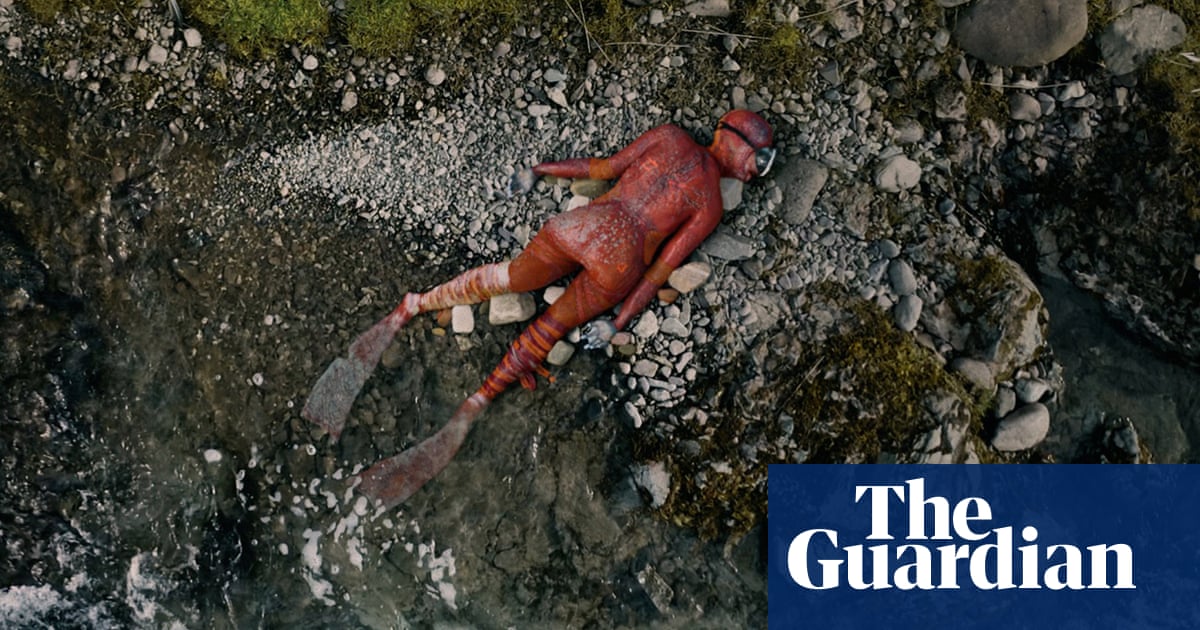
Lawyers representing the crew member in charge of weapons on the film set where actor Alec Baldwin fired a gun while rehearsing that killed the cinematographer last week have blamed the producers for an “unsafe” set.
The crew member, armorer Hannah Gutierrez-Reed, has “no idea” how live bullets became present on the set near Santa Fe in New Mexico where the desert western Rust was being filmed.
Gutierrez-Reed, 24, “is devastated and completely beside herself over the events that have transpired”, according to a statement issued by her lawyers late on Thursday.
A week ago, Rust’s cinematographer, Halyna Hutchins, was killed on the set when Baldwin, the lead actor and a producer on the movie, was rehearsing with a .45 Colt pistol and it discharged what investigators believe was a live round, which also injured the film’s director, Joel Souza.
“Safety is Hannah’s number one priority on set. Ultimately this set would never have been compromised if live ammo were not introduced. Hannah has no idea where the live rounds came from,” the statement from her attorneys Jason Bowles and Robert Gorence said, as first reported by NBC.
The statement went on: “She fought for training, days to maintain weapons and proper time to prepare for gunfire but ultimately was overruled by production and her department. The whole production set became unsafe due to various factors, including lack of safety meetings … This was not the fault of Hannah.”
Gutierrez-Reed and the first assistant director, Dave Halls, have come under scrutiny following accounts of crew walking off set before the fatal shooting, because of safety fears.
Both have talked to investigators on the team of the Santa Fe sheriff, Adan Mendoza, and the department has already interviewed numerous people involved with Rust.
The reports come amid a wider outcry by professionals in the industry over what they argue are deteriorating crew pay and conditions across Hollywood productions for TV and cinemas, affecting workers’ health and safety.
Halls has also retained counsel. He handed the gun to Baldwin and mistakenly shouted out that it was “cold” – ie held no live ammunition, according to affidavits from the sheriff’s department.
According to an additional affidavit released on Wednesday, Halls admitted to investigators that he “should have checked all” the rounds in the gun before handing it to lead actor Baldwin, who was also a producer on the movie, but had not done so.
No decisions have been made yet about any criminal charges. Filming on the movie was halted after Hutchins was killed and has not resumed.
Mendoza said at a press conference on Wednesday there was “some complacency” in how weapons were handled on the set.
Investigators found 500 rounds of ammunition – a mix of blanks, dummy rounds and suspected live rounds, even though the set’s firearms specialist, Gutierrez-Reed, said real ammunition should never have been present.
There have been media reports that guns used on Rust had previously misfired.
Gutierrez-Reed’s lawyers referred to an “accidental discharge” of a weapon, but not in the armorer’s handling.
The statement referred to two weapons mishaps before Hutchins was killed. It read: “The first one on this set was the prop master and the second was a stunt man after Hannah informed him his gun was hot with blanks.”
The fatal shooting put a microscope on an often-unseen corner of the film industry where critics say the pursuit of profit can lead to unsafe working conditions.
With a budget around $7m, the desert western Rust was no micro-budget indie.
Nomadland, a previous best-picture Oscar winner at the Academy Awards, was made for less.
But the New Mexico set of Rust had inexperienced crew members, apparent safety lapses and a serious labor dispute.
For some in the business, the failures reflect larger issues in a fast-evolving movie industry.
“Production is exploding, corners are being cut even more and budgets are being crunched down even more,” said Mynette Louie, a veteran independent film producer, adding: “Something’s got to give.”
The shooting happened at a busy time: TV and feature film production in the US is ramping up following the easing of pandemic restrictions.
Streaming services are increasing demand for content. And all the while, the industry is wrestling with standards for movie sets.
The lack of proper weapons protocol has shocked veteran film workers.
“This was incompetence, inexperience and – I hate to say this – lack of caring about your job. If there’s a whole bunch of ammunition thrown together in a box, that’s not how it’s done,” said Mike Tristano, a longtime professional armorer.
The New Mexico chapter of the International Alliance of Theatrical Stage Employees (IATSE) union called reports of non-union workers being brought in “inexcusable”.
In a statement, Rust executive producer Allen Cheney said the six producers on the film collectively had more than 35 years of experience in film and television. He called Rust a “union-certified production”.
James Gunn, the Guardians of the Galaxy film-maker, suggested a slipshod culture could be partly to blame.
“Dozens have died or been grievously injured on movie sets because of irresponsibility, ignoring safety protocols, improper leadership and a set culture of mindless rushing,” Gunn said on Twitter.
Veteran prop master Neal Zoromski told the Los Angeles Times that he declined an offer to work on Rust because producers insisted that one person could serve as both assistant prop master and armorer.
Gary Tuers, property master of Tomorrow War and Jurassic World: Fallen Kingdom, said the shooting was “an indictment of the modern production culture”.
“This tragedy was an apparent accident,” he wrote on Instagram. “But it was also a predictable outcome of the incentive structure within the modern film industry.”












